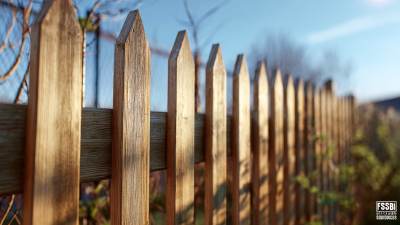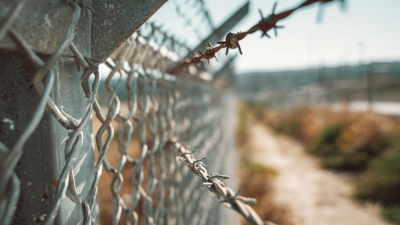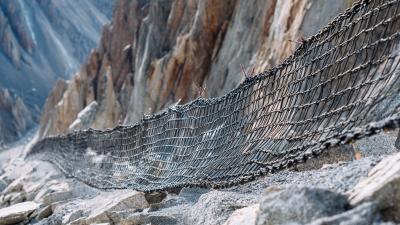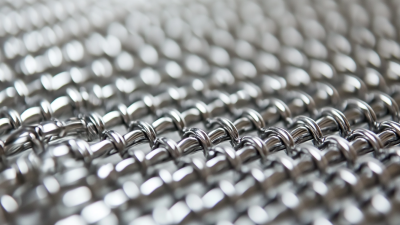The Ultimate Guide to Choosing the Best Palisade Fencing Panels for Security and Durability
When considering security solutions for residential and commercial properties, the choice of fencing is paramount, as it serves as the first line of defense against intrusions. One standout option is the Palisade Fencing Panel, known for its robust design and impressive durability. According to the 2022 Security Industry Report, over 50% of property owners opt for palisade fencing due to its effectiveness in deterring potential threats. Moreover, statistics reveal that properties equipped with high-quality fencing systems experience a 30% reduction in vandalism and intrusion rates. As the demand for fortified security measures continues to rise, understanding the factors that contribute to selecting the best palisade fencing panels is essential. This guide will navigate through key considerations, ensuring that you make an informed decision tailored to your security needs while leveraging the unique advantages of palisade fencing.
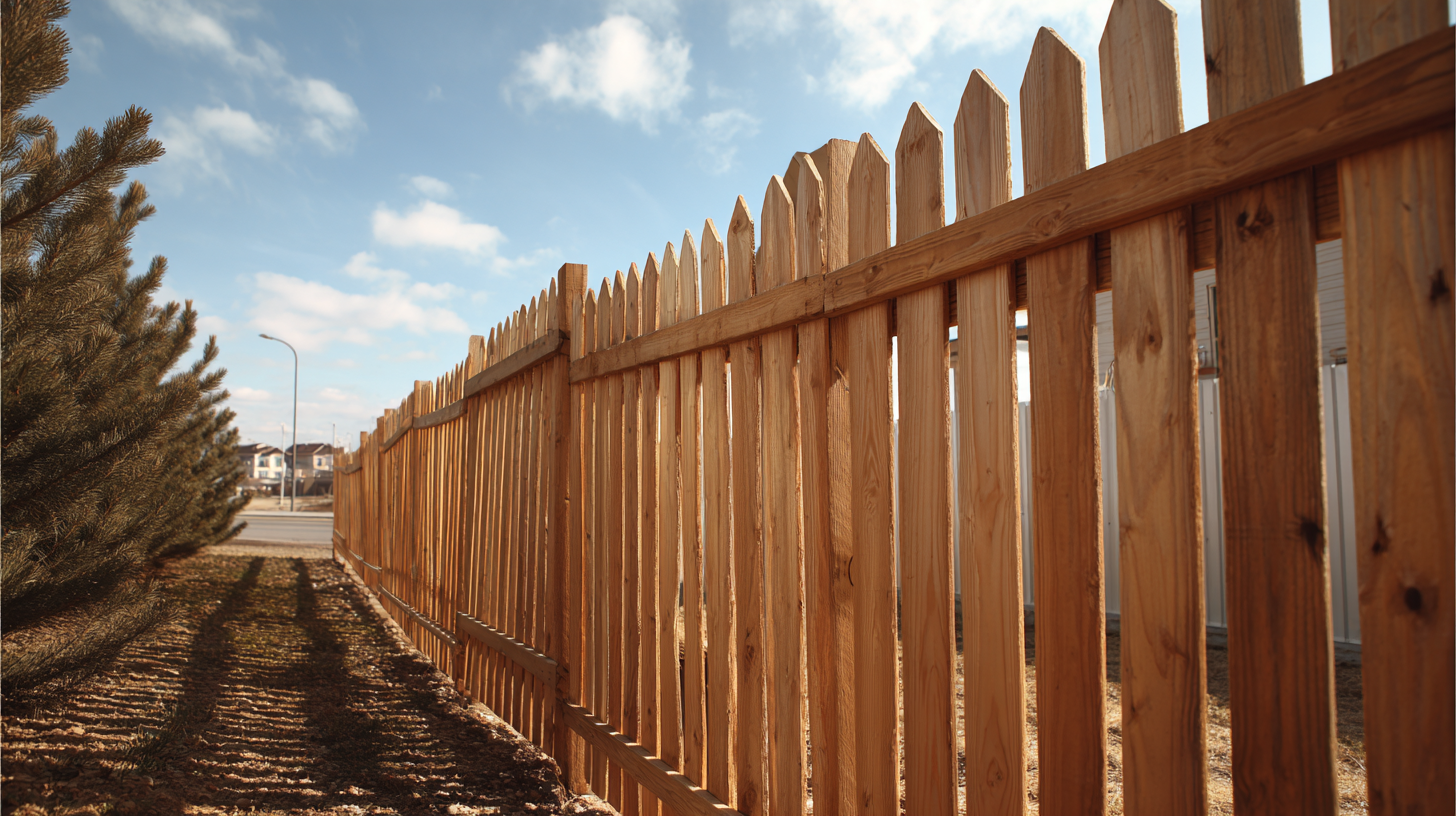
Factors to Consider When Selecting Palisade Fencing Panels for Maximum Security
When selecting palisade fencing panels to enhance security, there are several critical factors to consider. First and foremost is the material and thickness of the panels. According to a report by the Security Industry Association (SIA), thicker steel panels (at least 2mm) significantly deter unauthorized access compared to thinner options. Additionally, materials such as galvanized steel or stainless steel offer excellent resistance to corrosion and weathering, ensuring the fence maintains its integrity over time.
Another essential factor is the design of the palisade fencing. The spacing between the pales and the height of the fence also play vital roles in security. A report from the American Fence Association (AFA) indicates that a height of at least 2.4 meters (8 feet) combined with minimal gaps between the pales can reduce climbing opportunities and improve the overall protective capability of the fencing system.
Finally, consider the installation process and foundation; secure anchoring can bolster stability and prevent tampering, further enhancing the effectiveness of the fencing in providing lasting security.
Top 5 Materials for Durable Palisade Fencing Panels: A Comparative Overview
When selecting palisade fencing panels, the choice of materials is crucial for ensuring both security and durability. According to industry reports, the most commonly recommended materials for fencing include steel, aluminum, wood, and composite options. Steel remains the top choice due to its unmatched strength and resistance to corrosion, making it ideal for high-security environments. A recent survey indicates that steel palisade fencing panels can last over 30 years with minimal maintenance, significantly outpacing other materials.
Aluminum provides a lightweight alternative that still offers substantial durability, making it suitable for lighter applications. Although generally less strong than steel, modern aluminum alloys can endure varying weather conditions without rusting, which enhances their long-term viability. In contrast, wooden panels, while aesthetically pleasing, typically require more frequent maintenance and may only last 10-15 years unless properly treated with sealers, underscoring the importance of choosing materials wisely for minimal upkeep. Composite materials bridge the gap between wood and metal, providing the warmth of traditional wood with the longevity of synthetic options, appealing to homeowners focused on both aesthetics and durability. Each material presents unique attributes, allowing buyers to tailor their choice based on specific security needs and environmental factors.
The Ultimate Guide to Choosing the Best Palisade Fencing Panels for Security and Durability
10 Essential Tips for Installing Palisade Fencing Panels Effectively
When it comes to enhancing security and durability, palisade fencing panels stand out as a top choice. According to a report by the Security Industry Association, effective fencing solutions can reduce the risk of unauthorized access by up to 65%. To ensure the optimal performance of your palisade fencing, following specific installation tips is crucial.
Firstly, proper alignment is key. Make sure the panels are straight and level, as this significantly impacts both visual appeal and structural integrity. Research from the American Society of Civil Engineers indicates that misaligned fences can experience increased stress and potential failure during adverse weather conditions. Moreover, utilizing high-quality materials and galvanizing the steel will enhance the longevity of your fencing, with studies showing that galvanized panels can last over 20 years under normal circumstances.
Additionally, consider the spacing of your posts. The ideal distance between posts should be no more than 2.5 meters, as recommended by industry experts. This maximizes support and reduces the risk of sagging over time. By implementing these essential installation tips, you can ensure your palisade fencing offers the highest level of security and durability, effectively safeguarding your property for years to come.

How to Maintain Your Palisade Fencing Panels for Long-lasting Strength
Maintaining your palisade fencing panels is crucial for ensuring their longevity and structural integrity. Regular inspection is the first step; look for signs of rust, damage, or loose fittings. Addressing these issues promptly can prevent larger problems from developing. Use a wire brush to remove any rust and apply a high-quality rust-inhibiting paint or sealant to protect the metal from the elements. This not only enhances the appearance of your fencing but also significantly extends its lifespan.

Another important aspect of maintenance is ensuring that the surrounding area is free from debris and overgrowth. Plants, vines, and other materials can trap moisture against the panels, leading to rapid deterioration. Regularly trimming back any foliage and clearing debris will help to keep the base of the fencing dry and less susceptible to rot or corrosion. Additionally, consider annual professional inspections for your fencing; experts can identify potential issues that may not be visible during regular checks, ensuring that your palisade fencing remains a sturdy barrier for years to come.
Cost Analysis: Budgeting for Quality Palisade Fencing Panels and Installation
When considering palisade fencing panels, budgeting effectively for quality materials and installation is paramount. The initial investment in high-quality panels may seem daunting, but the long-term benefits far outweigh the costs. On average, premium palisade fencing panels range from $25 to $45 per panel, depending on factors such as height, thickness, and finish. Investing in durable materials ensures that the fencing will withstand harsh weather conditions and resist wear and tear, ultimately saving money on repair and replacement costs.
Installation costs should also be factored into your overall budget. Professional installation services typically range from $15 to $30 per linear foot, influenced by the complexity of the landscape and the specific requirements of your property. If you're looking to cut costs, consider a DIY approach; however, it's essential to have a solid understanding of the installation process to avoid potential mistakes that could lead to future expenses. Balancing quality with budget considerations will help ensure that you select the best palisade fencing panels for your property while securing your investment over the years.

Home
About Us
Products
Customize
Application
Support
Blog
Contact Us





